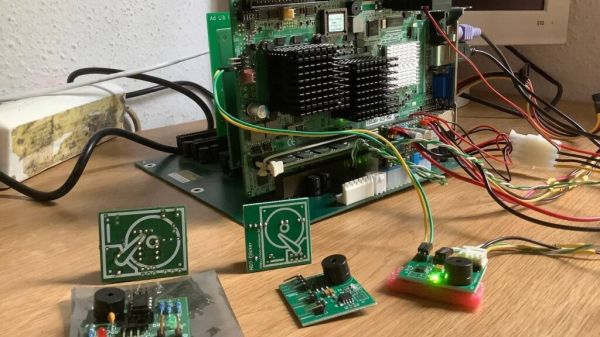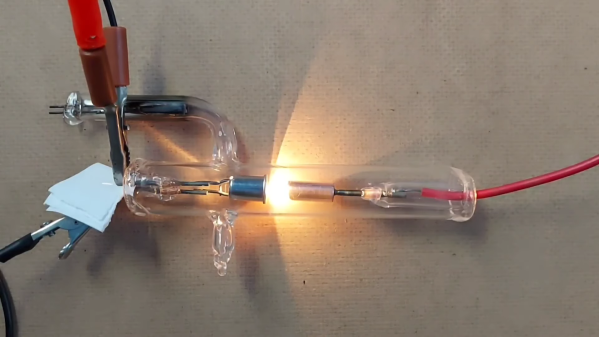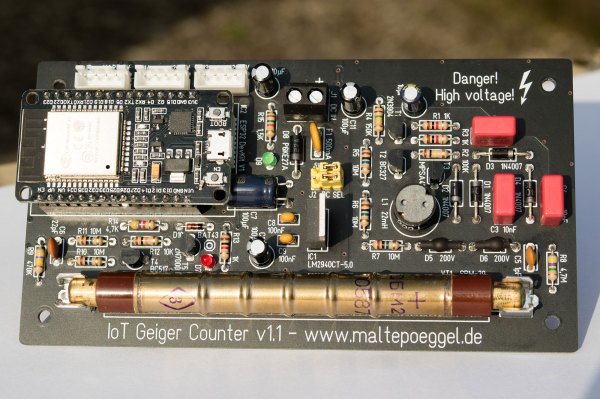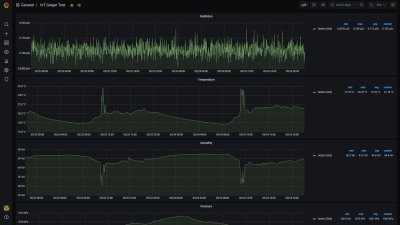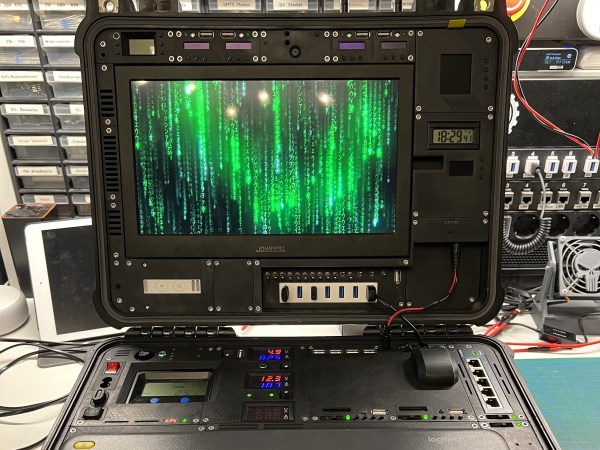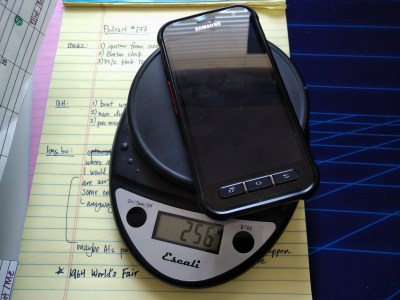Given how many incredible builds we’ve covered over the last couple of years, we knew that an official Cyberdeck Contest would certainly receive some impressive entries. But never in our wildest dreams could we have predicted that more than 100 decks would end up crossing the finish line, or that of them, the vast majority would be never-before-seen designs. In fact, the response to this contest was so overwhelming that the judging process took far longer than we originally anticipated.
Ultimately, we decided that there were simply too many phenomenal builds entered into the contest to award $150 Digikey spending sprees to just three of them. So as an added bonus, we’ve rustled up some $50 Tindie gift certificates that will go to the four special category honorable mentions.
With that, let’s take a look at the cyberdecks that took top honors as decided by our panel of judges.
Continue reading “2022 Cyberdeck Contest: Picking The Best Of The Best”


